Geoge Lazenby is CEO of Emdeon of Nashville, TN.
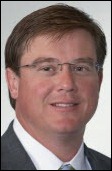
Tell me about yourself and the company.
I am CEO of Emdeon, which is a leading provider of revenue and payment cycle management and clinical information exchange solutions, connecting payers, providers, and patients in the US healthcare system.
How has business changed after the Blackstone acquisition?
The biggest change has been the transition to being a private company. Under Blackstone’s ownership, we’ve been able to shift our focus away from analyst calls and quarterly performance and place it more squarely on our customers and long term growth strategies.
Describe the incidence of paper-based claims and how the Emdeon Payment Network can help increase electronic payments.
Electronic claims are now at 95 percent. Conversely, electronic payments are only about 10 to 15 percent of total payments in healthcare.The Emdeon Payment Network is a comprehensive suite of services that combines electronic and print payment infrastructures with an intelligent analytical engine to leverage the payer’s chosen distribution channels for healthcare payment transactions.
Emdeon Payment Network has been designed to give payers a strategic, cost-effective solution by providing more opportunities to shift transactions from costly paper checks to electronic payments, while providing considerable postage and operational savings for any remaining paper check payments. The Emdeon Payment Network can help payers significantly reduce provider payment distribution expenses and potentially eliminate provider payment distribution printing costs completely over time.
Further, by switching most paper check-based provider payments to electronic methods consisting of virtual card payments, Automated Clearing House (ACH) direct deposit payments, and Image Cash Letter (ICL) payments, provider enrollment challenges can be significantly reduced. Emdeon Payment Network examines inbound payment files and routes each payment using the payer’s chosen payment distribution methods to minimize payment distribution expenses.The Emdeon Payment Network has been designed to virtually eliminate the burdens typically associated with payment management by offering payers a comprehensive approach to electronic and print payment distribution.
What opportunities will the Affordable Care Act create for the company?
The Affordable Care Act decreases the number of uninsured patients and results in more covered lives.This expanded population increases utilization on the healthcare system as a whole and utilization of care engages the revenue cycle system, which is good for Emdeon. Further, as more people seek coverage and additional payment models evolve, providers will have a need to understand additional funding sources, such as patient payments. Emdeon offers technology to assist with estimating the patient’s financial responsibility up front which can help with providers collect funds at the point of service.
What does Emdeon Clinical Exchange EHR Lite do and what products does it compete with?
Emdeon Clinical Exchange encompasses products and services that are designed to unite healthcare communities. Today, hospitals, physicians, labs, payers, and pharmacies use Emdeon’s leading healthcare information network to securely exchange health information nearly seven billion times annually.These healthcare stakeholders are demanding greater connectivity to each other and the ability to facilitate comprehensive, end-to-end clinical information exchange.
Emdeon Clinical Exchange integrates Emdeon’s electronic prescription routing, lab orders and results exchange, care alerts, medication history, clinical messaging, and ONC-certified EHR capabilities into a comprehensive SaaS-based platform.This robust collection of clinical components is designed to work with our customers’ existing systems and workflows, and therefore can help minimize financial risk by providing a relatively inexpensive alternative compared to higher cost capital-intensive solutions.
Furthermore, by connecting to our customers’ existing infrastructure, our SaaS-based exchange can have virtually-instant clinical connectivity to the EHR systems we empower. Most of these EHR systems are already Emdeon customers so integration is seamless.
Everybody’s talking about analytics tools. What are practices look for in that area?
Providers are looking for analytics that help them run their offices more efficiently that increase reimbursement and help them properly document care to comply with increasing quality standards. Examples are comparisons of practice patterns to evidence based medicine protocols to identify gaps in care. These analytics both improve care quality and help providers document how they practice against these standards for compliance/reimbursement thresholds.
How is the company addressing healthcare fraud, waste, and abuse?
Emdeon has built a leading payment integrity and cost containment solution by acquiring three market leaders – The Sentinel Group, EquiClaim and TC³ Health – and integrating them with Emdeon’s vast healthcare network. By combining the best of these companies’ recognized leadership in fraud, waste and abuse technology, investigation expertise, cost management services and comprehensive audit and recovery services, Emdeon is able to offer healthcare payers one complete solution to help en,sure accurate claim payments throughout the adjudication lifecycle.
By leveraging Emdeon’s vast claims data and network, these services enable superior detection of fraud, waste and abuse, and the reduction of costly errors and time-consuming manual processes. As a result, payers can increase efficiencies, maximize returns, and have confidence that their healthcare payments will be correct.
How do you see the small physician practice changing in the next few years, both in general and from a technology standpoint?
Expect 2013 to be a turning point for participation in emerging Medicare payment initiatives that are driving the formation of accountable care organizations, shared savings programs, bundled payment pilot projects, and value-based payment modifiers. And, if Meaningful Use is not enough of an incentive for practices to ramp up EHR deployment efforts, these new initiatives surely demand they look closely at enabling solutions to access and utilize the data needed to improve care and reduce costs.
Additionally, January 1, 2014, is the deadline by which all payments under Medicare must be conducted via electronic funds transfer. And, while providers will not be required to accept electronic payments from commercial health plans, all payers will be required to have the ability to facilitate these transactions.
From a technology perspective, technology and service solutions providers continue to roll out innovative tools that assist providers in responding to the many industry challenges, ensuring they will have material impact on the cost-quality curve while receiving accurate and timely reimbursements for the services they provide.

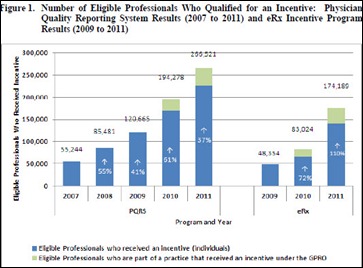





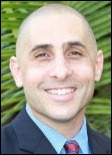

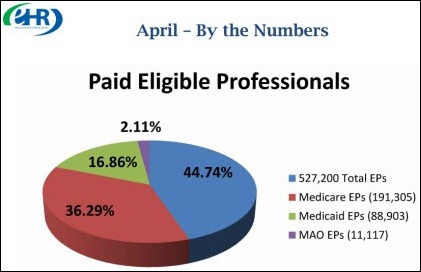

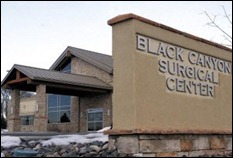

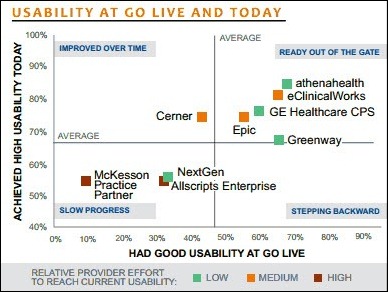





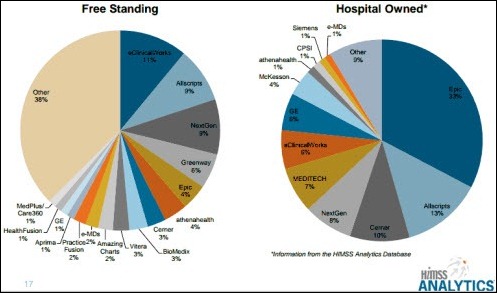
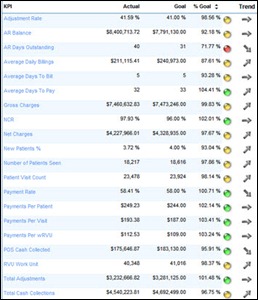



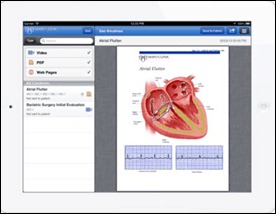

The article about Pediatric Associates in CA has a nugget with a potentially outsized impact: the implication that VFC vaccines…